In the second installment of this two-part interview with Pennsylvania Historic Preservation blog, Mod Betty discusses her research methods, her main influences, and “the ones that got away.” Missed Part 1? Read it here!
Take us on a trip with you to a city or town you’ve never been to before. What are you on the lookout for immediately? What visual clues are guiding you? How much advance research do you do, and how much do you rely on instinct or happenstance?
I love to research and plan retro road trips almost as much as I like taking them! I have a Google map I’ve created for every state, so when I’ve been given a tip about a place, or read an article about somewhere that piques my interest, I put a pin on that map, so I will check that map first.
Restaurants tend to be able to stick around a long time without changing, and if I read a review where someone bemoans “this place should be updated” that actually gets my pulse racing. Tiki bars are a fave, so they’re always scoped out, and I’m always looking for historic theaters and vintage diners.
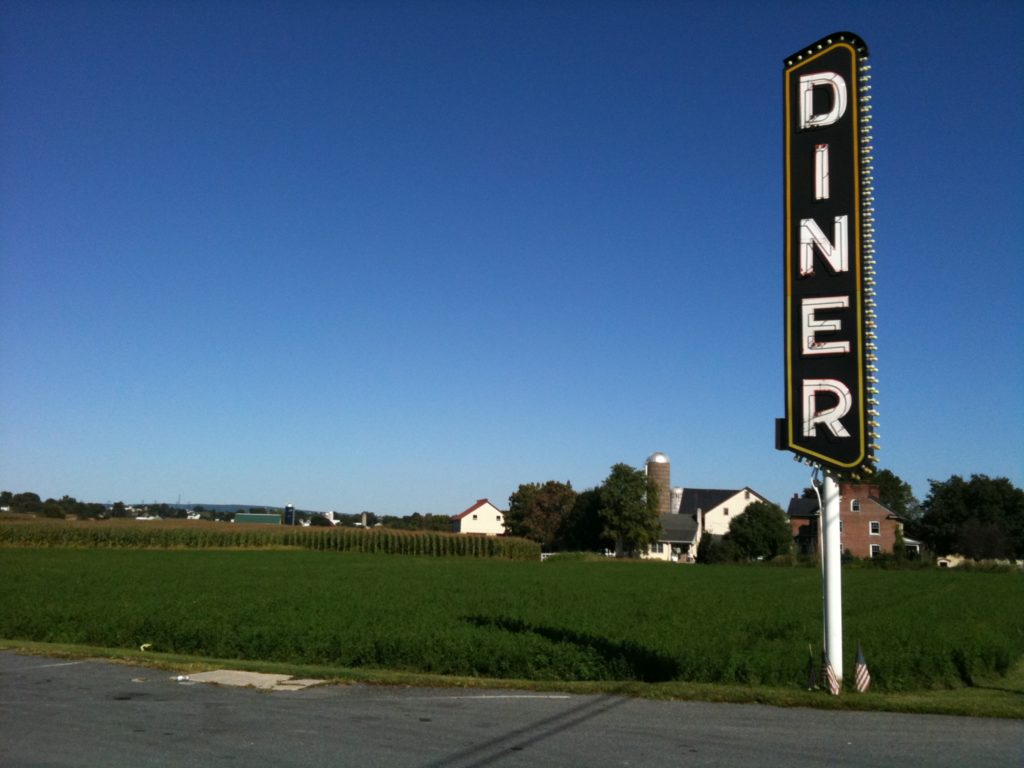
Even on the road, I’ll pull up Yelp on my phone and look at photos – not of the food – but of the dishes or chairs in the background – to see if there’s knotty pine paneling or boomerang Formica. However I always factor in plenty of time for exploring in real life – because so many old-school places are so old-school that don’t have any internet presence at all.
I’ll typically head to the heart of a town, but then look on the secondary commercial roads that branch out from there, where things may not have changed much. That’s when my art history background kicks in and I look for signs – actual signs, but also architectural clues and exteriors that look like they haven’t changed for decades. Those are the places we go when traveling, so when we come home we have memories of being someplace different from home.
And isn’t that why anyone travels? I always say if every town ends up looking like every other town (because they all have the same national chains and franchises) why would anyone want to travel and spend their time and money there? People don’t go to Rome to go to McDonalds, they go there to see the Coliseum. But here in the US, if we keep knocking down the recent past, we don’t give it time to become antique or historic, and all we’ll have left is beige stucco boxes.
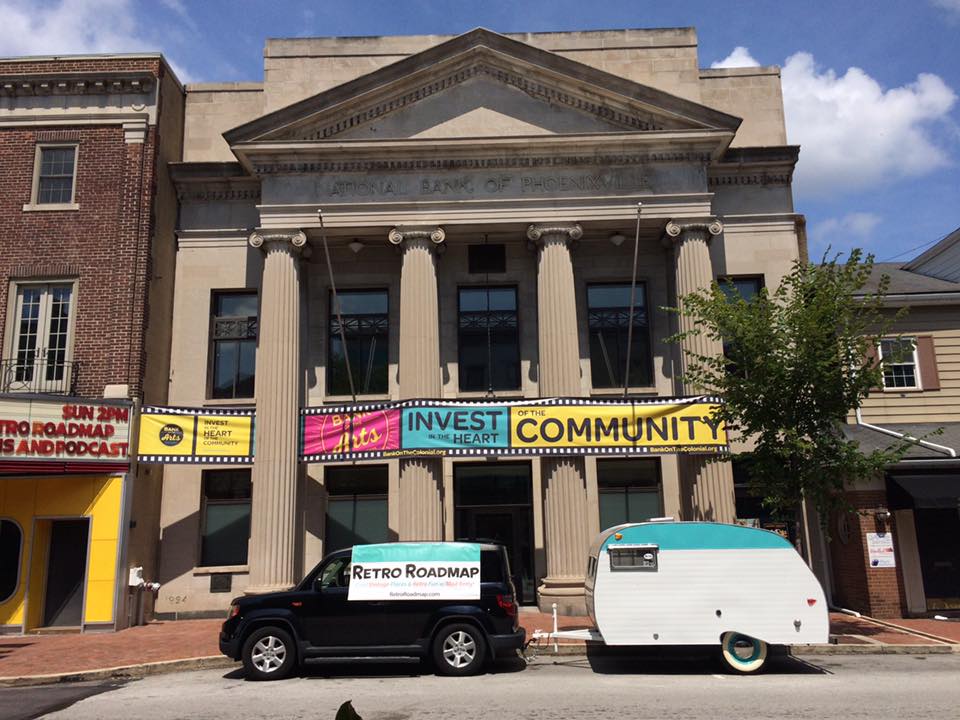
One of the most interesting thing about your guidebooks, besides the places themselves obviously, is the way they are designed to encourage readers to take their own field notes. Do you keep travel notebooks yourself? If so, what do they look like? What do you document? What can’t be captured in photographs alone?
One of the specific reasons I made my Retro Roadmap Roadbooks ready for writing in is that I have so many travel books I’ve collected over the years, and they just sit in my bookcases, as if I’m trying to keep them in good shape for their next owner!
I want people to bring my books on the road, get coffee stains on them, have the waitress autograph them, write down what you ate and who you were with. Then instead of being a pristine book just sitting on a shelf, it is turned into someone’s personalized travel diary – evidence of fun they had on the road, going to all of the places in there.
I have a reader who has made it his goal for the year to visit every single place in my Philadelphia Suburbs book and it is so much fun seeing him post his adventures online, and getting people to sign his book.
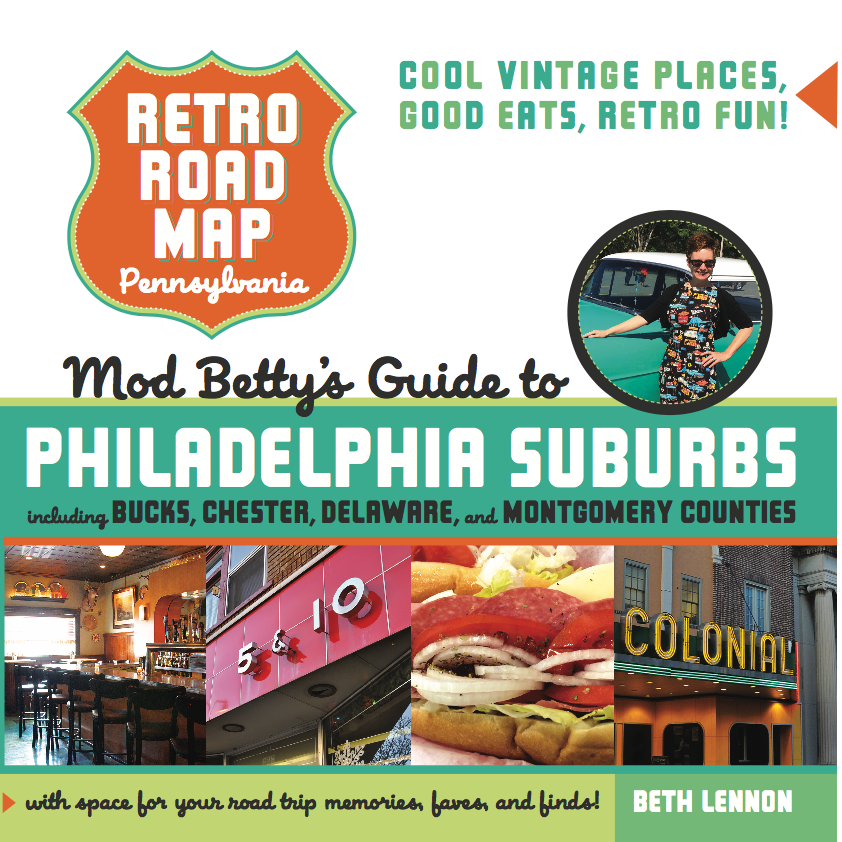
I have always carried a notebook with me, and have quite a collection of them with notes from travels, creative ideas, sketches, musings. For years I would buy Strathmore Recycled 5×8 books, but now I only carry notebooks a friend of mine makes using old record album covers and VHS tape boxes. There is such a visceral connection made when putting pen to paper that you just can’t get when tapping on your phone screen.
The challenge of any survey project is deciding what to include and what to exclude. How do you make that call?
Oh this is the hardest part, as I hate to be an excluder. But since my site is run solely by me, I have to trust my gut when I decide what I feature and what I don’t.
My guidelines are not 100% hard and fast, but I always try to look at it from the perspective of “would this be a place I would recommend to an out of town/state visitor? Would I bring my mother here?” This is why you rarely if ever see any bars or restaurants that allow smoking inside on my site – because I can’t stand that.
Do you have any personal guidelines or “rules” that help you narrow your focus? Have these changed over time?
I do have a set of general guidelines, but I have been known to break them if I discover a place that totally wins me over. In general, I say that places have to be open for 50+ years, and that they retain a large percentage of their “authentic vintage charm”.
If I get that “stepping back in time feeling” when I walk in the door, that’s a very good sign. The places I recommend also have to be the type of place that is open for business so someone from out of town or off the street could go in and eat, shop, do something there.
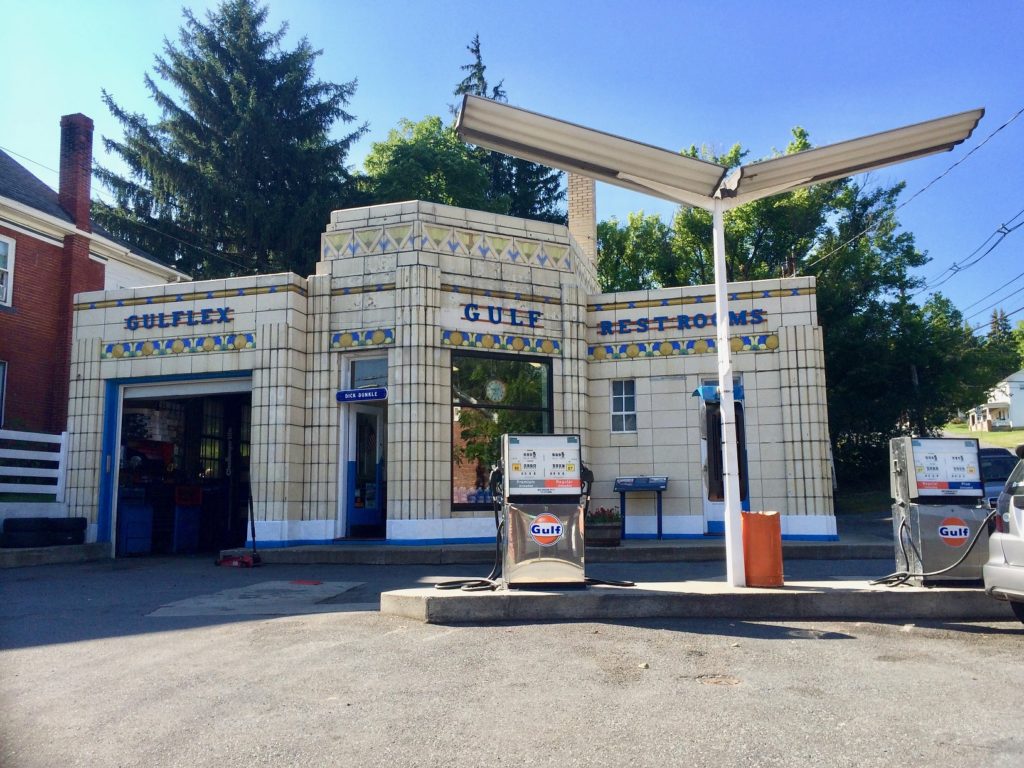
I also have to have had a good experience at the location – the people were nice, the food was good, that type of thing. It doesn’t have to be spectacular, but I am not going to send anyone to a place where I’ve had a poor experience, as they might treat my readers that way.
I have loosened my rules a bit since I began – including some new places with old hearts, places that don’t have as much remaining architectural detail as I might like, that type of thing. At the end of the day it is my reputation on the line when I recommend a place, so I take it seriously. if I send someone to a place and they have a poor experience, they may not trust my other recommendations.
As a traveller and a documentarian, do you have any particular heroes or role models that have inspired your own projects?
Completely! I have been inspired for years by Jane and Michael Stern – not only for their Roadfood book series, but their many books documenting of pop culture.
I have been a fan of the website Roadside America when it was still in book form, and often consult their site when I’m planning travel. Charles Phoenix is the person who convinced me that I had to get out from behind the lens and actually show my face on my website, and his enthusiastic love of Americana has inspired me to share more of my excitement of discovery and sharing in my writing and videos.
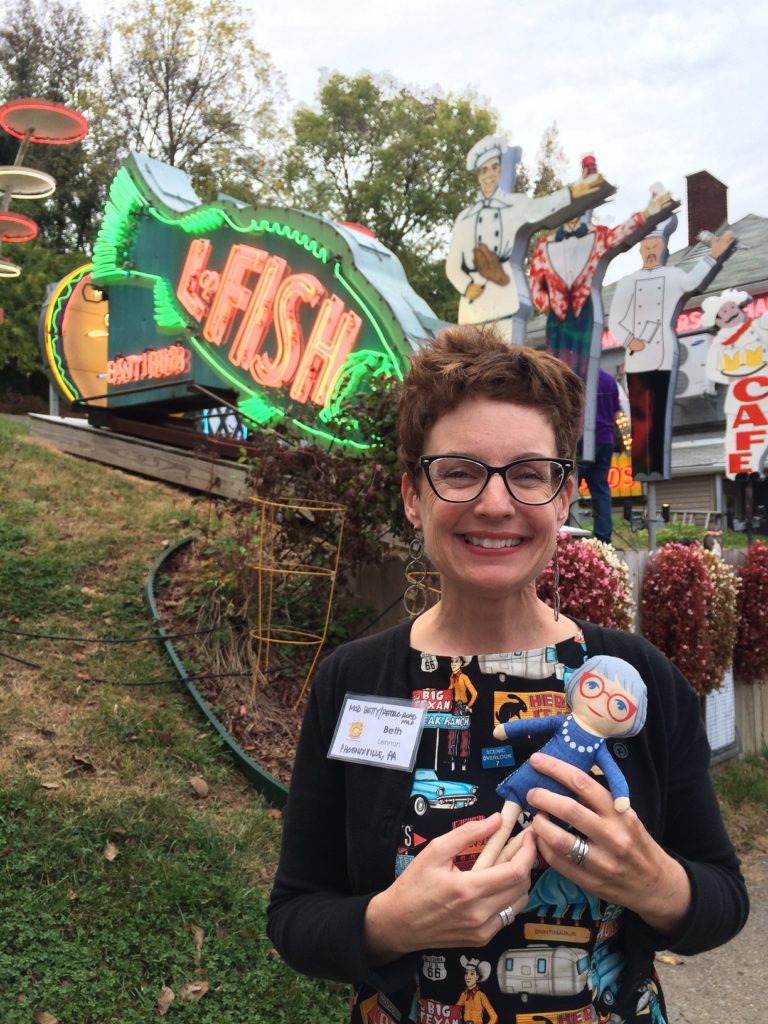
There are so many independent authors who document the facets of the built environment that appeals to them, so I have books on diners from diner folks, books on signs from sign lovers, tiki bars, and the like. These folks writing the books that are important to them encouraged me to think I could do the same, and so I did. I always say, a rising tide floats all boats!
Is there a “one that got away?” Something you didn’t turn around for that you still wonder about?
Oh there are plenty, and it hurts my heart to even think about it. I wish I had gotten back to Bailey’s Ice Cream in Boston before they closed. I missed visiting the last open Howard Johnson’s restaurant by ONE WEEK.
I wish I had gone to the Kahiki Supper Club in Columbus Ohio before it closed. These sad “misses” are the things that fuel me to keep on doing what I am doing – to get to the places that still exist, NOW – so I can share them and more people can experience them while they are still here because once these places are gone, they’re gone. They’re not replaced by something better.
This week’s guest contributor is Ben Leech, a historic preservation consultant and architectural illustrator. From 2010 to 2015, he was advocacy director for the Preservation Alliance for Greater Philadelphia. He is a regular contributor to Extant Magazine and Hidden City Daily, and sits on the board of DOCOMOMO-Greater Philadelphia Chapter. He has taught at Temple University, the University of Pennsylvania, Franklin & Marshall College, Philadelphia University, and Rutgers University Camden. In 2017, he founded Archivolt Press and published two postcard books of his sketches, 36 Views of Philadelphia and 36 Views of Lancaster PA.
Comment Policy
PHMC welcomes and encourages topic-related comments on this blog. PHMC reserves the right to remove comments that in PHMC’s discretion do not follow participation guidelines.
Commenters and Comments shall be related to the blog post topic and respectful of others who use this site.
Commenters and Comments shall not: use language that is offensive, inflammatory or provocative (this includes, but is not limited to, using profanity, obscene, or vulgar comments); disparage other commenters or people; condone illegal activity; identify the location of known or suspected archeological sites; post personal information in comments such as addresses, phone numbers, e-mail addresses or other contact details, which may relate to you or other individuals; impersonate or falsely claim to represent a person or an organization; make any commercial endorsement or promotion of any product, service or publication.
If you would like to comment on other topics not related to this blog post but related to PHMC, please fill out the PHMC Contact Us Form.
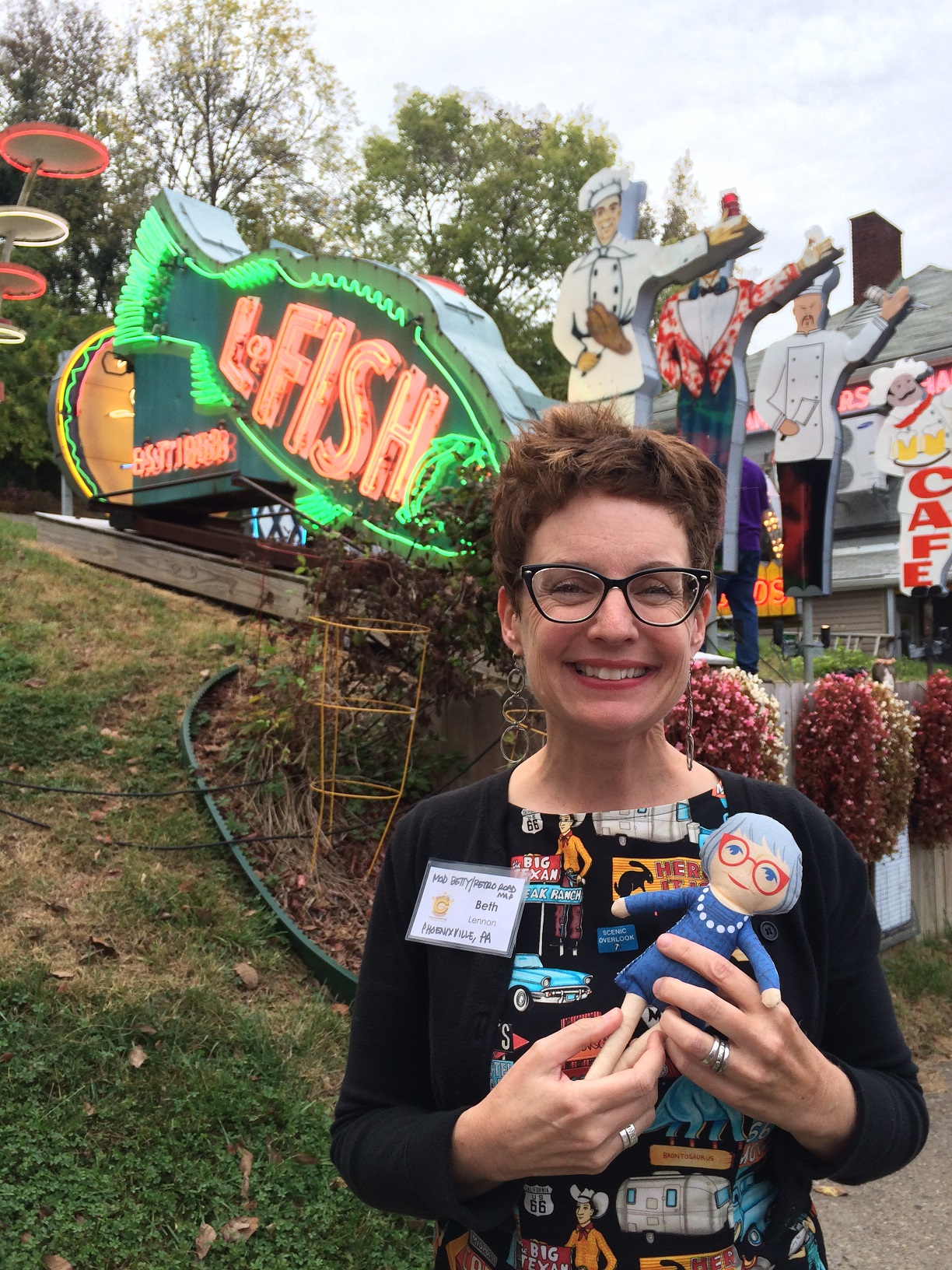
Leave a Reply